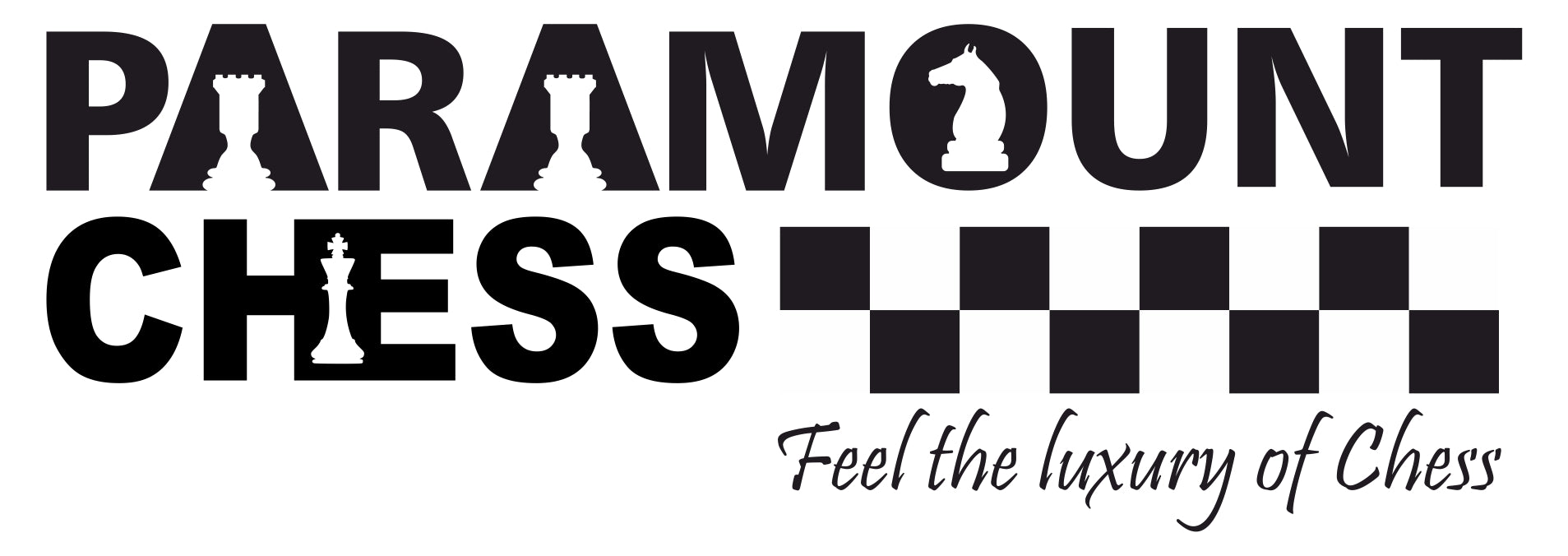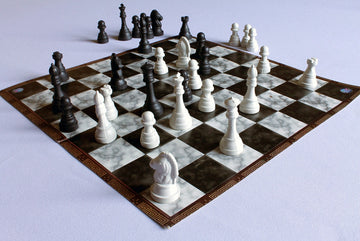
The Scandinavian Defence is one of the more aggressive openings in the game of chess. It is aggressive because right from the start black is looking to trade off pawns. The Scandinavian Defence is also known as the Center Counter Defence. It is a King’s Pawn Opening that is a swift reply to the famous e4 from White. Black immediately challenges Whites efforts of establishing control of the center of the board. In doing so, it also opens up certain lines for black to develop its pieces. The Center Counter Defence is one of the oldest openings in the game of chess dating back to the fifteenth century. The Encyclopedia of Chess Openings (ECO) classifies this opening as B01.

Pros and Cons of the Scandinavian Defence
Some of the advantages of the Scandinavian Defence are:
- It is a very provocative opening that can transpose into any other attack or defence with remarkable ease
- Through this Defence, black can immediately open the game and begin development instantly
- The setup is such that usually both the dark squared as well as light squared bishops have freedom and can move with ease
Some of the disadvantages of the Scandinavian Defence are:
- After white captures the pawn on d5, black loses time in re-capturing. This results in a lack of pace in black’s gameplay
- Once white has captured the pawn, it also gains a space advantage over black. This is key to its major piece development

There is only one move involved in this opening and that is:
- e4 d5
There is a high possibility that white may go for the exchange of pawns in the second move. However, doing so would not benefit anyone in the long run. Instead, players are more successful in playing d4. That ways if black decides to capture the white pawn, white can move its knight ahead to re-capture the black pawn. Black may choose to defend this and the game will evolve into a flanking war between the two.
.
Now is a good time to review the all important chess notations to have a better understanding of the variations below. Check out our article on chess notations here:
.
Let us look at some of the variations of the Scandinavian Defence
Mieses-Kotrč Variation
The Mieses-Kotrč variation involves the black queen right in the start of the game. This is not the best use of the Queen at this stage of the game. The Queen is the most valuable major piece on the board and after capturing the white pawn with the Black Queen, the Queen will not be defended well. It will have no other option but to retreat. As a result there is a significant loss of pace and time for black.

The moves involved in the Mieses-Kotrč variation are:
- e4 d5
- exd5 Qxd5
Blackburne Kloosterboer Gambit
The Blackburne Kloosterboer Gambit involves black offering another pawn to white as a gambit. If white chooses to accept the gambit, black can capture the pawn with its knight. Now black has more development as compared to white which has none. This way black decides the direction of play and middle game lines.

The moves involved in the Blackburne Kloosterboer Gambit are:
- e4 d5
- exd5 c6
If white does not want to accept the gambit, it could play Nc3. This will not only develop the Knight but also defend the pawn on d5. Once black manages to capture the pawn, it will leave the king undefended. This is where the white bishop can swoop in for a quick check.
Modern Variation
The modern variation of the Scandinavian Defence prepares to recapture the white pawn on d5 using the black knight on c6. Using the knight as opposed to the queen is a much better option since the knight need not be withdrawn from action. This solves two purposes. Firstly, as compared to the previous variation there is less loss of material. Secondly, black gets a chance to develop its black knight. This can be followed up with e6 in case white decides to defend the pawn using its bishop.

The moves involved in the Modern Variation are:
- e4 d5
- exd5 Nf6
Furthermore, black can develop its bishop so that castling can take place on the Kings side. Again, white here can choose to defend the d5 pawn but it will be futile. The kings diagonal is open and white can use its bishop to attack this. This might seem like a good move at first but it is not. If this happens, black would conveniently play c6. This will not only defend the check but also form a fork between two pieces. These two pieces will be the white bishop on b5 and the white pawn on d5.
Further Reading 1: https://www.thechesswebsite.com/scandinavian-defense/
Further Reading 2: https://www.ichess.net/blog/scandinavian-defense/




